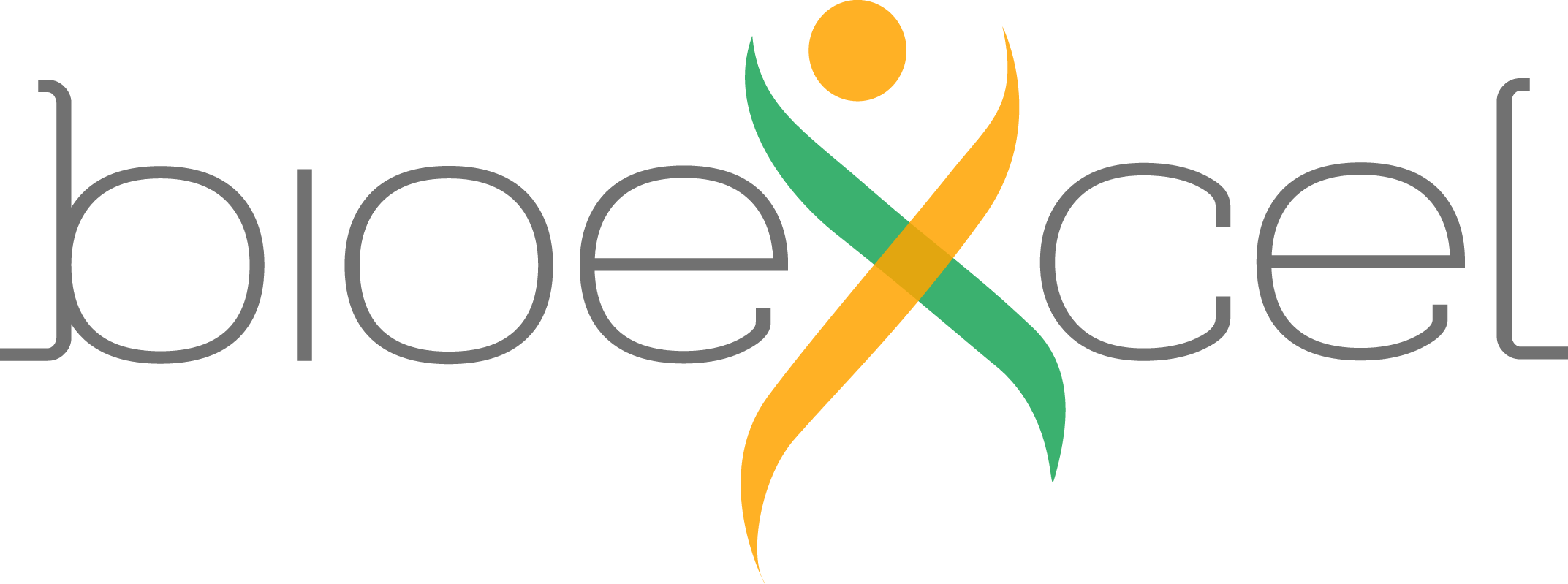This online course is a collaboration between ARCHER2 Training and BioExcel.

This online course consists of interactive hands-on practical sessions presented remotely using Collaborate. Attendees will be given access to ARCHER to execute the practical.
Outline
CP2K is a quantum chemistry and solid state physics software package that can perform atomistic simulations of a wide variety of systems, ranging from solid state to biological systems. CP2K provides a general framework for running density functional theory (DFT) simulations, with extensions that enable users to run classical molecular dynamics (MD), mix MD and DFT to obtain quantum-mechanical/molecular-dynamics (QM/MM) runs, or perform other forms of metadynamics, Monte Carlo, or other simulations.
This course is aiming to teach attendees how to prepare and run biochemical simulations in CP2K. Specifically, we will be looking at how CP2K can be used to track the reaction dynamics of a system undergoing biological catalysis. In this course, we shall be focusing on a Diels Alder transition taking place in an immunoglobulin. We will begin by considering the reaction site in a purely quantum-mechanical method. Then, we will slowly increase the complexity of the system to take into account the entire structure of the immunoglobulin (using QM/MM approach), the solution, and finally, we will add a ligand to the reaction.
While we will be referencing some DFT and QM/MM theory (mainly the nudged elastic band method and metadynamics), this is not the principal aim of this course. Our aim is to use these systems to help familiarise attendees with using CP2K to run simulations of biochemical systems. CP2K can be used for non-biological systems, and the topics being taught here can be ported to other fields, but this will not be a primary focus of this course.
Learning outcomes
At the end of this session, you will be able to:
- Run a geometry optimisation using CP2K
- Run a frequency calculation using CP2K
- Estimate the energy barrier of a chemical reaction
- Run a nudged elastic band (NEB) simulation to fine-tune the energy barrier and profile of a chemical reaction
- Prepare a QM/MM simulation for CP2K
- Run a QM/MM simulation in CP2K
Prerequisites
We ask that course attendees have the following:
- Familiar with basic bash functionality
- Know how to SSH
- Familiarity with a text editor (e.g. emacs/vim)
- Have attempted to login to ARCHER prior to the start of the course (credentials and instructions will be supplied)
Requirements:
Participants must bring a laptop with a Mac, Linux, or Windows operating system (not a tablet, Chromebook, etc.) that they have administrative privileges on.
They are also required to abide by the ARCHER2 Training Code of Conduct.
Outline Timetable
The course will run over two Tuesday afternoons, 13th and 20th October. Participants are expected to attend both sessions.
Each session will run from 13:30-16:00 with a break 14:30-15:00.
There will be a follow-up consultancy session, where you can drop-in to ask questions of the tutor on Tuesday 3rd November 14:00-16:00
Course materials
Videos
Session 1
Session 2
Feedback
This course is part-funded by the  PRACE project and is free to all.
PRACE project and is free to all.
